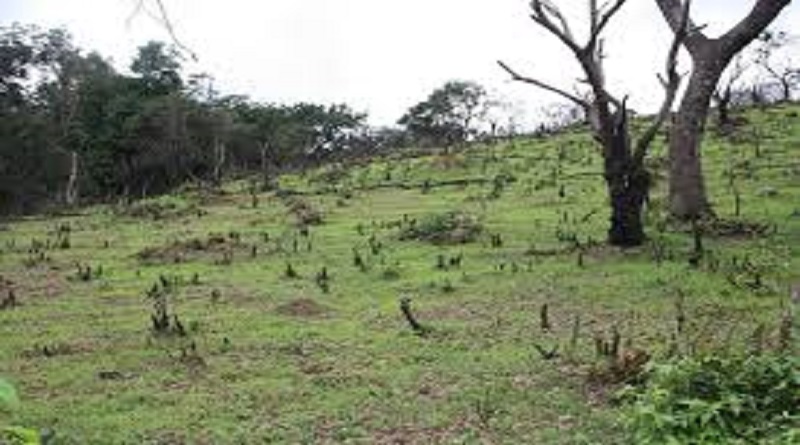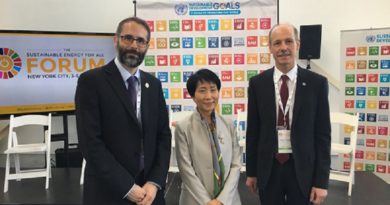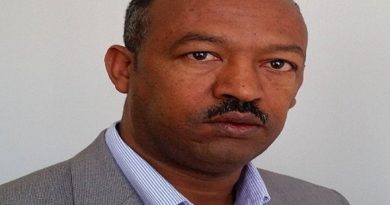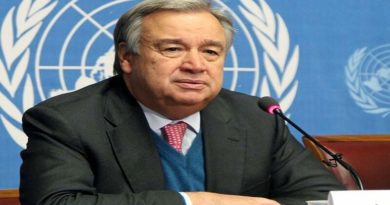Nigeria sets target to rehabilitate degraded land, others
The Federal Government says it has set a target to rehabilitate about 22,000 km square of degraded land and improve livelihood of over 20 million Nigerians in 2030.
The Minister of Environment, Alhaji Mohammed Abdullahi, said this on Monday, in Abuja at a Capacity Training Workshop on Opportunity Mapping for Improved Decision Making and Monitoring of Great Green Wall (GGW) Projects.
The programme, which was designed to improve International Best Practices for Ecosystem-Based Disaster Risk Reduction (ECO DRR), was organised by the National Agency for the Great Green Wall (NAGGW) in collaboration with the UN Environment Programme.
The minister was represented by the Director, Planning, Research and Statistics of the ministry, Mr Stanley Jonah.
Abdullahi said that the programme focused on 11 states most affected by desertification, adding that the states constitute about 35 per cent of the country’s total land area.
“The NAGGW has already engaged in baseline studies and Environmental Impact Assessments; community mobilisation, and awareness campaign; afforestation and land management; promotion of alternative livelihood, rural infrastructure, and employment generation.
“The ongoing programme includes ecological restoration and rehabilitation to enhance the livelihoods of the affected communities and strengthen their resilience to climate change.
“The programme also involves, promotion of climate smart agricultural practices to enhance food security and climate change adaptation; improvement of critical rural infrastructure for enhanced socioeconomic development, among others,’’ he said.
The minister said that the Federal Government was taking positive steps to mitigate the risks on climate emergency, food security, biodiversity and pollution as much as possible within the resources available.
He said that the programme was aimed at restoration and sustainable management of land in the Sahel-Saharan region to addressing land degradation and poverty.
The Director-General of the agency, Dr Yusuf Maina-Bukar, said that the agency had restored degraded lands by establishing 389.46 kilometers of shelterbelt.
Maina-Bukar was represented by the Acting Director, Planning Policy Coordinator of the agency, Mrs Habiba Ibrahim.
“The agency targets to rehabilitate degraded land by establishing 13,000 km of shelterbelt, 250,000 hectares of woodlots, and 250,000 hectares of community orchards among the affected states.
“This is to boost agricultural production and to improve the livelihoods of about 20 million people by 2030.
“The agency has restored degraded lands by establishing 389.46 km of shelterbelt, 264.7 hectares of woodlots and 250.5 hectares of community orchards.
“The NAGGW has also trained about 500 farmers on farm natural regeneration projects and many more activities that impact the lives of those communities,’’ he said.
Maina-Bukar said that the agency`s aspirations were to curtail the menace of desertification and land degradation which was a major threat to Nigeria’s drylands and the Sub Sahelian region in Africa.
He said that the agency combat land degradation and desertification effectively to protect and restore ecosystems, adding that the effort was to reduce poverty and enhance food security.
He mentioned some of the challenges faced by the agency as insecurity, vandalism of field investments, poor community participation, lack of financial support from states and weak institutional capacity at all levels.
The Senior Advisor, Disaster Risk Reduction, UNEP Country Representative, Dr Karen Sud-Rieux said that the UNEP would continue to work with the agency to provide technical assistance on opportunity mapping and other activities.
“The UNEP will continue to support the agency to ensure that degraded lands are restored, by setting up various programmes to improve the agency in the capacity building,” Sud-Rieux said.
Also, Dr Oluseyi Fabiyi, from Food and Agriculture Organisation (FAO), said that the FAO had contributed a lot in expanding African GGW projects.
“Some of the challenges faced in the restoration of degraded lands is that some areas are sandy and rocky, and such areas cannot be restored because the nature of the areas,’’ he said.
By Vivian Emoni




